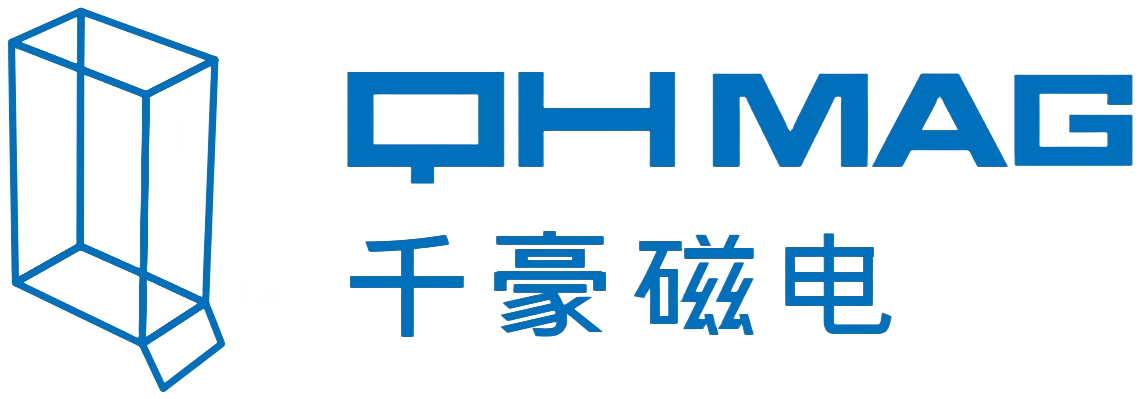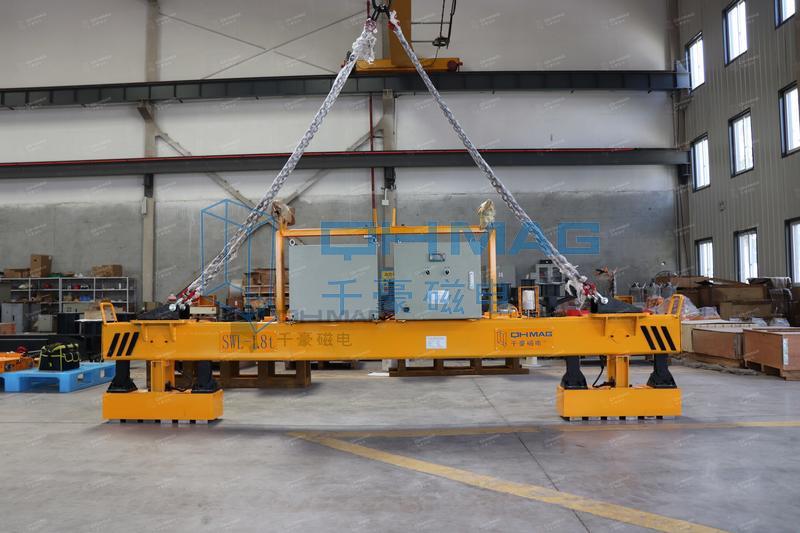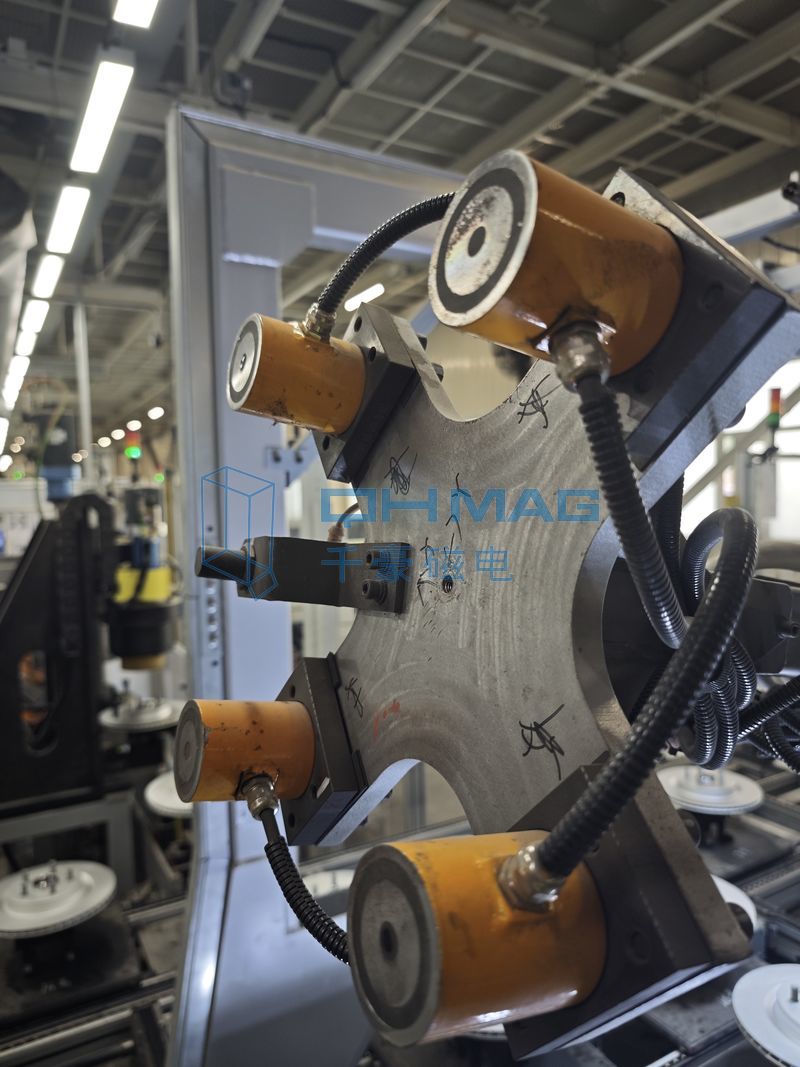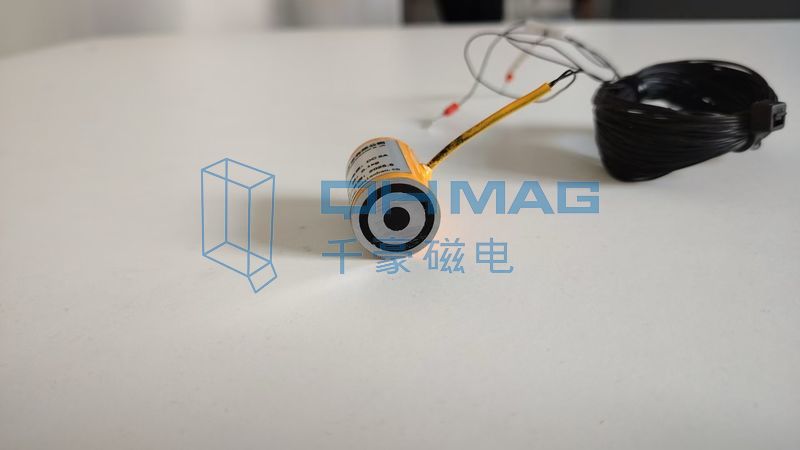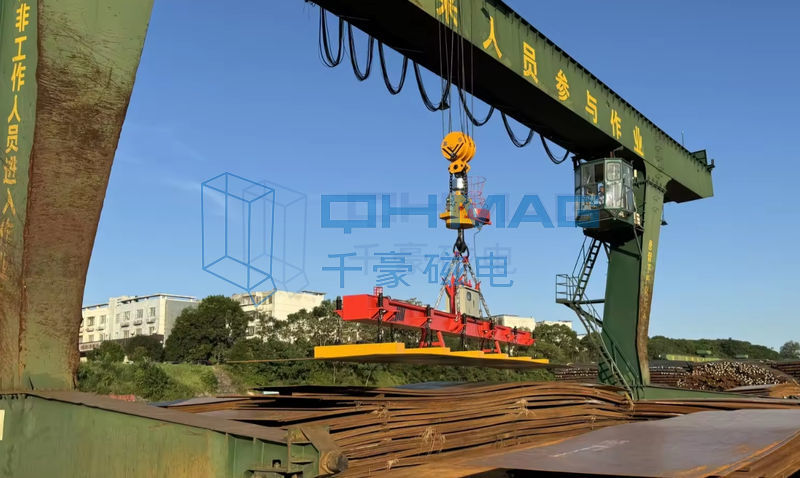24
2025-07
In the field of industrial lifting, magnetic lifting devices have become the mainstream choice due to their efficient and safe characteristics. Among them, permanent magnet lifters, lifting electromagnets, and electro-permanent lifting devices stand out as the three core product categories, each with distinct technical principles, performance features, and application scenarios.
23
2025-07
By relying on high-performance permanent magnets such as neodymium-iron-boron to generate a magnetic field, the magnetic core is rotated via a mechanical handle, altering the polarity direction to achieve attraction and release. No external power supply is required—instead, the magnetic field remains consistently stable.
22
2025-07
A magnet unit with a diameter of 20 millimeters and weighing only 100 grams can firmly hold a 6-kilogram car body panel, performing high-precision "air ballet" at the end of a robotic arm. In the laboratory of Hunan Qianhao Electromechanical, engineers placed a 0.8-millimeter-thick car door panel on the test bench. With the command issued, a group of electropermanent magnets, only the size of coins, were instantly activated, and the thin steel plate was smoothly adsorbed and lifted, remaining motionless even with manual shaking. Even more surprising, when the engineer suddenly cut off the power, the sheet metal remained firmly attached to the magnetic suction unit—this is the "power-off non-demagnetization" core technology demonstrated by Qianhao's latest generation QEPMZ-C20 electropermanent magnet.
21
2025-07
In the wave of automotive manufacturing automation, the performance of tooling directly determines the flexibility and efficiency of the production line. Qianhao Electric Permanent Magnet, with its technological breakthrough of "small size, large suction force", has become a key enabler of automotive automated production lines, especially showing irreplaceable advantages in precision processes such as sheet metal handling.
19
2025-07
In steel plate hoisting operations, pain points have long plagued related enterprises. Heavy steel plates are extremely heavy, and traditional hoisting methods are not only time-consuming and laborious, but also have many safety hazards. Traditional hoisting devices mainly include steel wire rope binding, hook suspension, and clamp clamping. However, steel wire rope binding can easily cause the steel plate to swing and slip, and can also cause compression and deformation of the steel plate edges; hook suspension has high requirements for the flatness of the steel plate, and uneven steel plates are difficult to hoist stably; clamp clamping is easy to leave marks on the surface of the steel plate, affecting the appearance and quality of the steel plate. At the same time, for ultra-thin or oversized steel plates, traditional hoisting devices are often difficult to adapt to, resulting in low hoisting efficiency.
18
2025-07
In the fields of steel processing, shipbuilding, and logistics warehousing, steel plate hoisting operations have always been a core pain point in the production process. Traditional hoisting methods rely on steel wire ropes, slings, or vacuum suction cups, which are not only inefficient but also have drawbacks such as scratching the surface of steel plates, high operational risks, and reliance on manual experience. Especially when handling ultra-thin steel plates or heavy components, traditional tools are easily deformed due to uneven force, and may even cause safety accidents. Although electromagnetic lifting devices once improved efficiency, their high power consumption and risk of demagnetization due to power failure remain a headache for enterprises.

